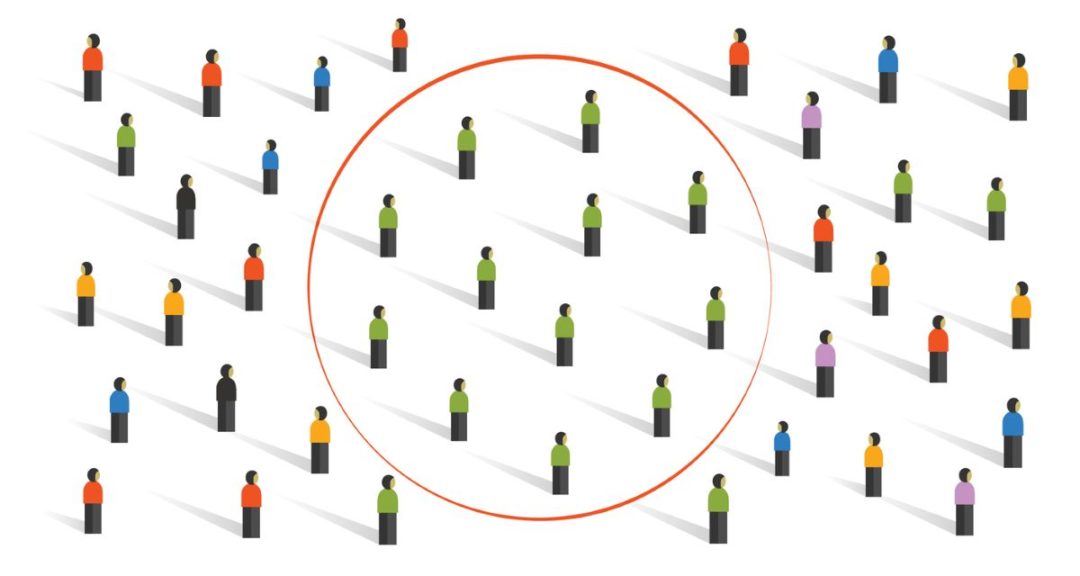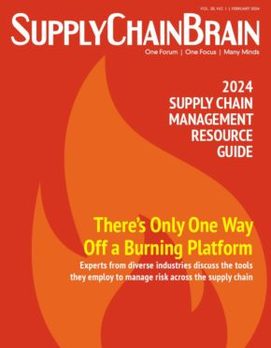
Think Tank
Controlling Unconscious Bias Toward Suppliers

Photo: iStock.com/bakhtiar_zein
Supply chains are built on partner and supplier relationships, but often they aren’t as strategic as they should be.
Typically, companies have large numbers of suppliers and hundreds of line items that they source, making manual selection of suppliers for each line item practically impossible. Rather than continually reassessing and optimizing supplier arrangements in an effort to ensure ongoing best value, many companies slip into a pattern of relying habitually on the same limited group of supply chain partners. This unconscious bias toward certain suppliers can cause organizations to overlook more innovative or cost-effective alternatives that may provide more favorable terms, and improve margins and efficiencies, among other benefits.
The Hidden Toll of Unconscious Bias
Bias comes in many forms across an organization, including cases of conscious bigotry and intentional discrimination. However, there are subtler instances of bias that may go unnoticed. One such case lies within the procurement process, where an unconscious bias toward certain known groups of suppliers can cause organizations to miss out on options in seeking the lowest prices, most reliable delivery options and other favorable conditions.
Unconscious bias manifests in the supplier selection process in several ways, including automatically going with recommendations from co-workers or drawing from the networks of other supply chain partner companies. While these word-of-mouth referrals might be useful as a starting point in choosing a supplier, problems can arise because procurement professionals might act on these recommendations without fully executing due diligence and cost-benefit analysis. Left unchecked, the costs of these unconscious biases can prove sizable for a business and place non-familiar supplies at a disadvantage, even if they offer a better product or price.
Overreliance on a fixed subset of suppliers potentially leaves procurement teams blind to new players in the market that may offer better or more cost-effective services or products in the supply chain. Working with only a few suppliers also leaves an organization more vulnerable to potential supply chain problems, something that many industries have had to grapple with during the past couple of years. Problems such as materials shortages, capacity challenges in filling high-volume orders and logistical problems can all lead to production issues and delivery delays. More unscrupulous suppliers might even take advantage of the bias to arbitrarily raise prices or be tempted to cut corners on quality. The bottom line is that all of these factors can adversely affect an organization’s operations, lead to spending leakage and result in higher costs.
Recognizing that unconscious biases exist, strategies must be developed and put into action that identify and root out any biases in the existing supply chain sourcing and partner arrangements. It’s here that data gathering, analysis and reporting can add true value to operations. Moving toward a system of automation that can match line items with the best supplier is the ultimate goal. Gathering as much organizational context about how and where biases are showing up across the procure-to-pay cycle is the foundation for setting up a more thorough process for end-to-end supplier analysis and evaluation.
As companies develop more clear and comprehensive criteria for establishing diverse supplier relationships, they can support standardized and fairer evaluation of suppliers. A more objective and data-intensive evaluation can even be the basis for procurement managers to assign specific reliability and confidence scores to individual suppliers. Some companies make it a conscious priority to embrace a broader range of suppliers to float tenders more widely and get better quotes.
Organizations should also make a point to revisit and revise policies often. Reevaluating supplier performance at regular intervals, ideally continuously as technology now permits, and benchmarking against alternative suppliers, helps identify any gaps or inefficiencies in policies. This gives supply chain managers the opportunity to make tweaks and adjustments as needed to keep partner networks optimized and more resilient in the face of changing supply chain conditions.
Fighting Bias With Procurement Analytics
As organizations move to fully digitized operations, technology plays a key role in providing supply chain visibility within the procurement process. The field of procurement analytics applies artificial intelligence (AI) and machine learning technologies across enterprise systems in real time, harvesting historic procurement data and applying advanced algorithms to discover patterns and identify potential risks and discrepancies. Today, we’re seeing the industry move away from periodic (monthly, quarterly, or annually) procurement analysis, where problems are only identified retrospectively, to more agile continuous monitoring and analysis. This flags in real time key factors such as market changes that could affect supply chain performance, so they can be addressed in short order.
With a continuous intelligence approach, organizations can set parameters and thresholds, and the procurement analytics platform can perform advanced market, supplier and pricing analysis to detect any variances in availability, price, delivery times and other set data points. It’s then able to recommend the best options to save time and money. Other analyses can point out unconscious bias tied to suboptimal business processes, duplication of resources or unnecessary production delays. The best solutions offer user-friendly accessibility that lets business users conduct their analyses without having to rely excessively on data scientists.
A well-implemented procurement analytics solution can reap many benefits for an organization, as it removes unconscious bias in selecting suppliers. Many organizations are surprised to learn they can increase savings by up to 40% annually from the elimination of unmanaged spend tied to unconscious bias. Risk management, budgeting and compliance are all made simpler and more effective, with fewer business disruptions and higher quality across the entire supply chain ecosystem.
Unconscious bias remains a real problem for businesses as they select the networks and suppliers that make up their extended supply chains. Procurement analytics can solve this problem by deploying AI-based continuous monitoring to uncover instances of unconscious bias, while providing better visibility into suppliers and their performance. This puts organizations in a much stronger position to keep supply chain conditions optimal, to ensure competitive advantage and maximum revenue generation. The result is increased business continuity and a stronger supply chain.
Shreya Dongre is product marketing manager with Digitate.






